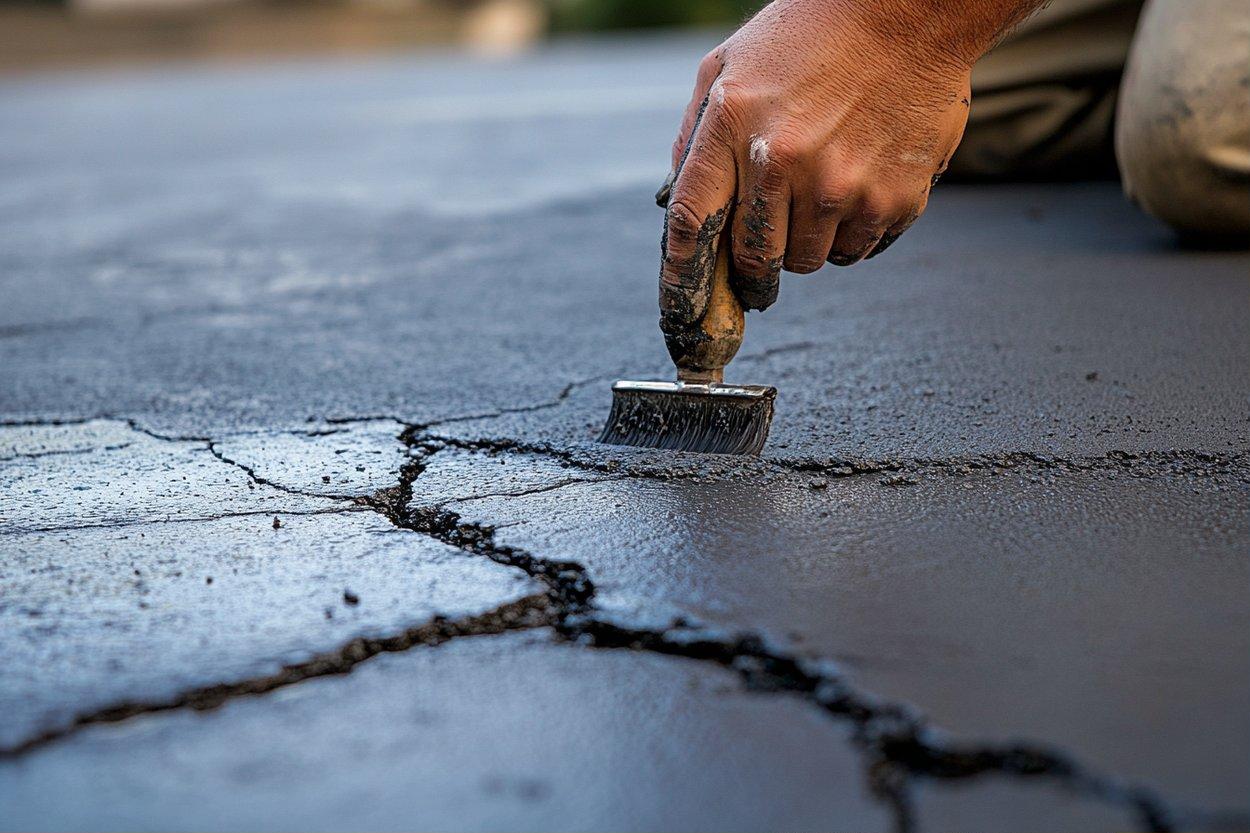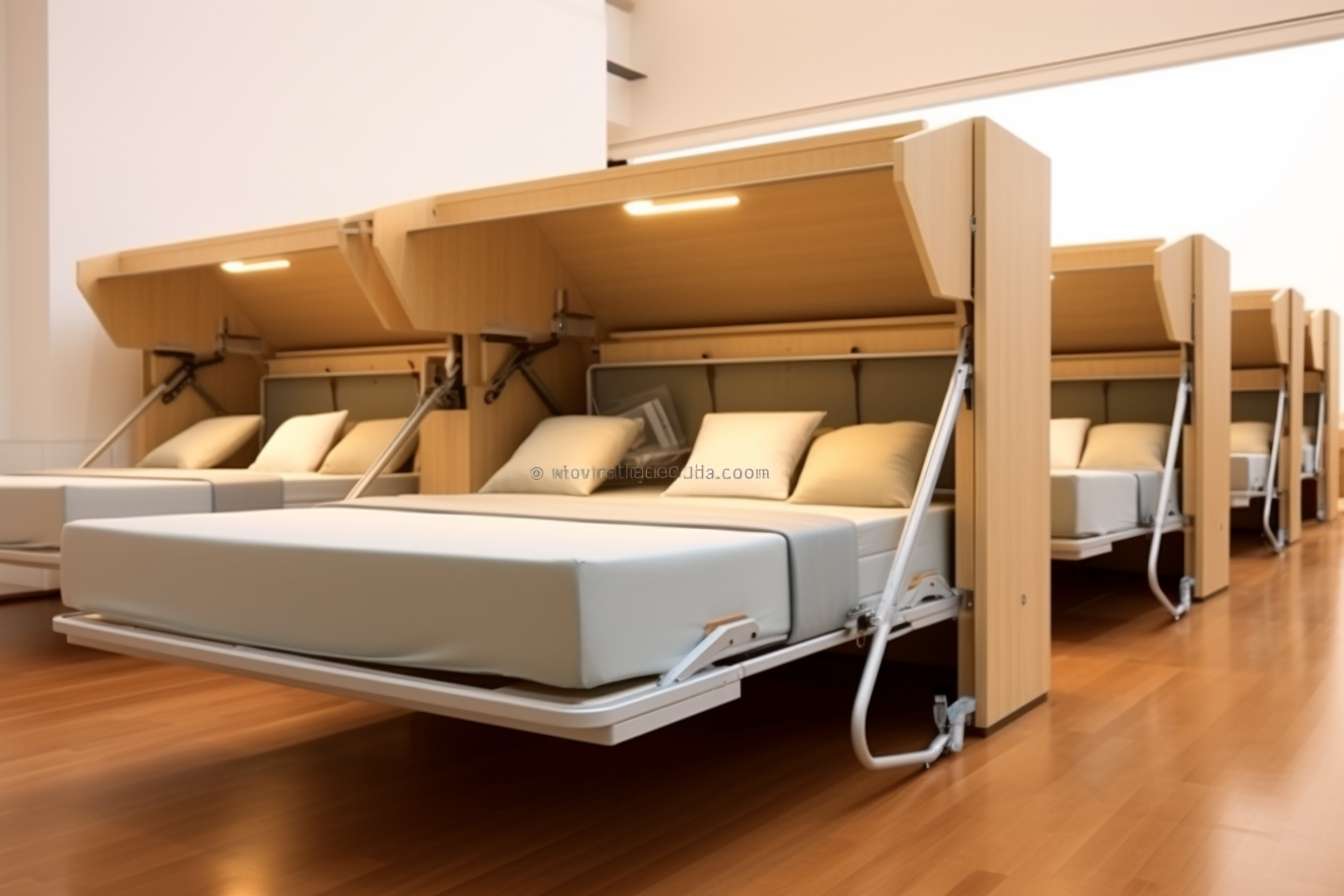How Overlays Renew Tired Concrete Surfaces Without Full Removal in UK Settings
Concrete overlays provide a practical way to refresh worn slabs in homes, commercial units, and public spaces across the UK without demolishing the existing base. By addressing cracks and surface defects first, then bonding a new wear layer on top, property owners can achieve a durable, uniform finish with less disruption, waste, and downtime than full replacement.

Overlays offer a targeted, low-disruption route to revive concrete that looks tired but still has a sound base. Instead of breaking out and replacing an entire slab, a thin, engineered layer is installed over the prepared surface. The method hinges on careful assessment, thorough preparation, correct crack repair, and choosing an overlay system suited to UK conditions, including moisture, freeze–thaw exposure, and slip-resistance requirements.
Exploring Essential Concrete Repair Solutions
Successful renewal begins with diagnosis. Assess the slab for structural movement, moisture levels, and bond strength. Moisture testing helps avoid blistering or debonding, especially in ground-bearing slabs with variable damp conditions common in the UK. Mechanical preparation—diamond grinding or shot blasting—is used to remove laitance, open pores, and create a Concrete Surface Profile that promotes adhesion. Where reinforcement is exposed or corrosion is suspected, patch repair systems compatible with BS EN 1504 principles can be used, treating steel and reinstating the cover with class-appropriate mortars before any overlay is applied.
A holistic plan typically includes crack identification, joint reinstatement, local patch repairs, and priming. This staged approach ensures the new wear layer bonds reliably and performs under real-world loads on driveways, footpaths, workshops, and warehouse floors.
Effective Methods for Filling Concrete Cracks
Different cracks call for different techniques. Non-structural hairline cracks can often be opened with a grinder (routing) and sealed with a flexible, polymer-modified filler to accommodate minor movement. Wider static cracks may benefit from epoxy injection, which can restore continuity and distribute load. Where movement or moisture is present, polyurethane injection offers elasticity and foaming options to stem water ingress.
For recurring movement, stitching with stainless steel staples in a resin grout may be specified by a structural professional. Joints that have raveled or collapsed should be re-cut and sealed, maintaining the slab’s movement strategy so stresses are not transferred into the overlay. Cleanliness is critical: dry, dust-free surfaces and manufacturer-recommended primers help ensure long-term adhesion of both crack repairs and the overlay system placed above them.
Repairing Common Concrete Surface Damage & Issues
Surface defects arise from wear, freeze–thaw cycling, de-icing salts, chemical exposure, or inadequate curing. Scaling and spalling are addressed by removing unsound concrete to a defined depth, feathering is avoided, and edges are cut square to provide a solid arris. Corroded reinforcement is cleaned and protected before patch reinstatement. Delamination or blistering typically indicates trapped moisture or weak laitance layers; these are removed through mechanical preparation until a solid, clean substrate is revealed.
Contaminants such as oil and grease must be extracted or isolated using appropriate degreasers and primers, otherwise bond failures can occur. Dusting surfaces may require consolidating primers prior to overlay. Throughout, adherence to product data sheets and relevant UK guidance supports consistent, durable outcomes.
Restoring Concrete Surfaces with Resurfacing & Overlays
Once defects are stabilised, the slab can receive an overlay tailored to its use:
- Microtoppings (around 1–3 mm) refresh appearance and provide a uniform canvas for staining or sealing in domestic interiors and light-traffic areas.
- Self-levelling cementitious overlays (typically 3–10 mm) correct minor unevenness and deliver smooth, durable floors for shops and offices.
- Polymer-modified bonded overlays (about 10–40 mm) enhance durability for heavier traffic on garages, workshops, and industrial zones.
- Decorative or stamped systems (often 10–20 mm) replicate stone or slate finishes outdoors while maintaining a concrete base.
Key installation stages include establishing falls for drainage on exterior slabs, vacuuming dust after mechanical prep, applying a compatible primer or bonding slurry, mixing with measured water for consistency, and placing within the product’s working time. In the UK, slip resistance is a priority; exterior and public areas often target a Pendulum Test Value typically at or above 36 in the wet. After placement, controlled curing prevents premature drying, and a suitable sealer can improve stain resistance and cleanability. For sites in your area, many local services can conduct a site survey and moisture assessment before recommending a specification.
Why Timely Concrete Repairs Boost Durability & Lifespan
Prompt repair stops small defects from escalating. Sealing cracks reduces water ingress that can trigger freeze–thaw damage or reinforcement corrosion, both of which undermine service life. Reinstating worn joints and patching spalls limit impact and abrasion, improving safety by removing trip hazards. Overlays reduce material waste because the original slab remains in place, lowering demolition and haulage needs while shortening downtime for homes and businesses.
Choosing systems designed for the substrate and environment, and following good practice for preparation and curing, can deliver long-lasting results that stand up to British weather and everyday wear. Regular cleaning, resealing where specified, and maintaining joints will further extend performance, delaying the point at which full removal would be considered.
Exploring Essential Concrete Repair Solutions: Putting It All Together
In many UK settings—patios, driveways, loading bays, and interior floors—the most reliable route is to stabilise the existing concrete first, then overlay. That means testing for moisture, repairing cracks and spalls with compatible materials, reinstating joints, and mechanically preparing the surface before placing a carefully chosen overlay. When these steps are carried out by competent installers and aligned with product guidance, overlays provide a practical, tidy renewal strategy that avoids the disruption of full slab replacement while delivering a clean, durable finish.
Conclusion Overlays are effective when the underlying concrete is structurally sound, defects are treated methodically, and installation follows a clear specification for UK conditions. By combining robust crack repair, informed product selection, careful preparation, and attention to slip resistance and curing, tired concrete surfaces can be renewed efficiently and built to last.




